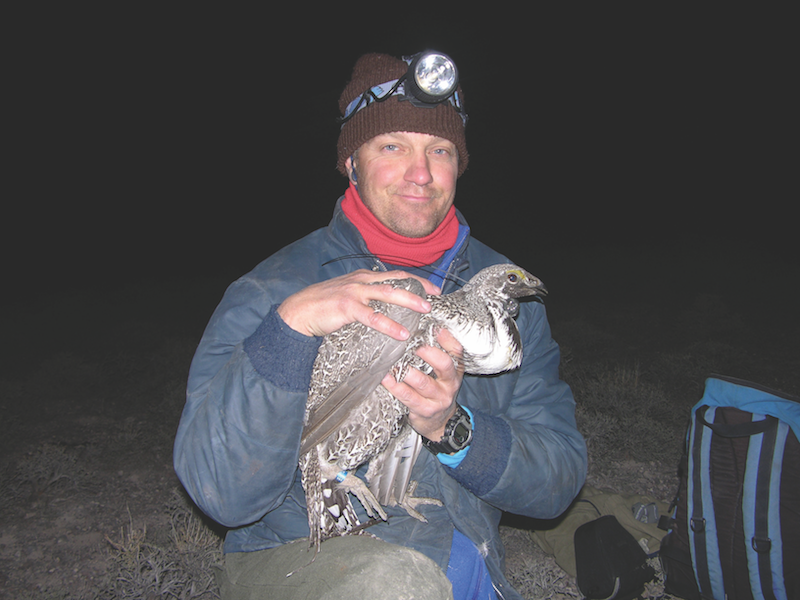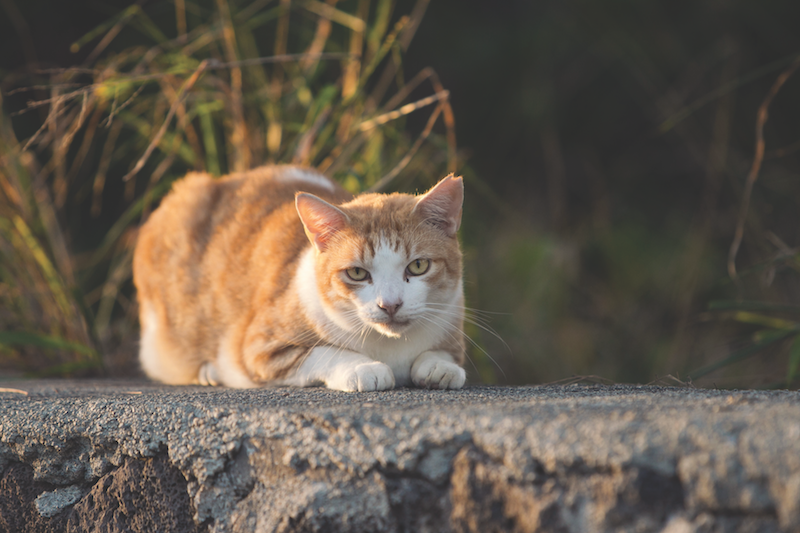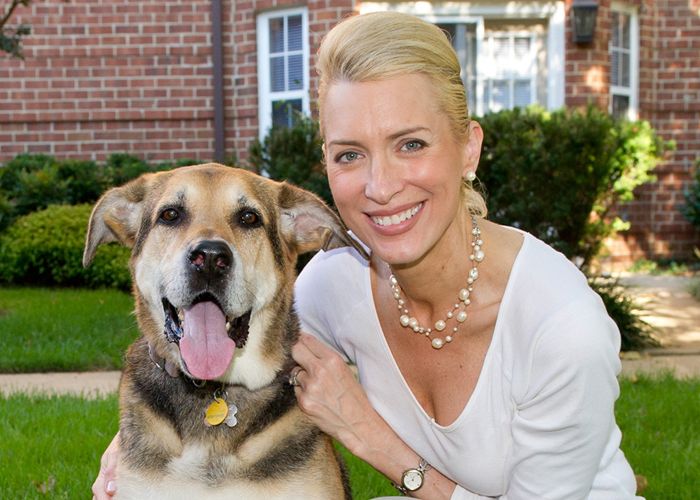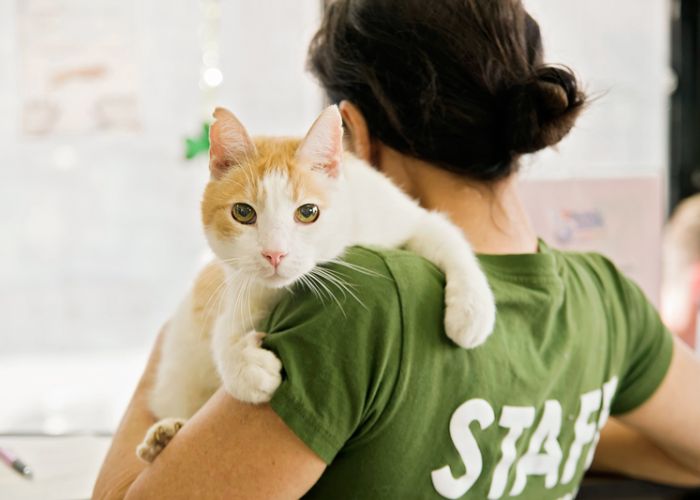Reconcilable differences
Wildlife biologist helps chart a new path for cat advocates and conservationists

The work of protecting animals is always challenging, but it becomes even thornier when the interests of different species seem to be in conflict. Such scenarios aren’t limited to cats and wildlife, but as trap-neuter-return (TNR) programs have become more common, community cats have taken center stage in the animals vs. animals debate.
While the discussion is often polarized, it’s important not to fall into its trap. Instead, we should focus on the common ground that exists between nature-loving TNR advocates, cat-friendly birders and all the others who are willing to put their energies into humane and effective solutions.
Collaborating with stakeholders outside of the animal welfare field may feel like an energy drain or even a waste of time. But if your efforts to do TNR effectively are blocked by conservation concerns, taking the time to recognize shared goals will be worth it in the long run.
Fortunately, there is a lot of common ground—and some wonderful people treading this increasingly wide area where the goals of conservationists and cat advocates overlap. One such person is wildlife biologist John Boone. At the Great Basin Bird Observatory in Nevada, Boone and his colleagues conduct applied research, population monitoring, conservation planning and a statewide bird monitoring program.
Boone also serves on the board of directors for the Alliance for Contraception in Cats & Dogs (ACC&D) and is a longtime board member of the SPCA of Northern Nevada, where he helped launch a regional spay/neuter program. He has assisted The HSUS and Humane Society International on studies to increase the effectiveness of humane population control projects for street dogs and outdoor cats.
Now Boone is bringing his expertise to a research-focused collaboration between The HSUS and the Humane Rescue Alliance in Washington, D.C., which will assess changes over time in the outdoor cat population, a clear measure of targeted TNR work. (The results of this project, and tools for other groups to use for their own cat counting, will be published soon.)

This project is just one example of how conservationists and animal welfare organizations can work together toward the shared goal of fewer outdoor cats. While we may never agree on every point, “when it comes to outdoor cats,” Boone says, “we can improve tremendously on the status quo, and in doing so benefit both cats and wildlife.”
In this edited Q&A with Katie Lisnik of The HSUS, Boone shares his insights on an effective path forward for both cats and wildlife.
What do you think is the most important information for animal advocates to understand about wildlife conservationists and where they are coming from?
Conservationists and animal advocates are both driven by an ethic that values life. Conservationists focus on protecting the natural systems that support the whole diversity of life, while animal advocates focus on protecting individual lives, and it is this difference in perspective that is at the source of many conflicts.
What advice do you have for animal welfare groups wanting to engage their wildlife stakeholders?
Wildlife scientists know how to manage animal populations and measure impact. The animal welfare movement knows how to work with cats, is highly motivated and can bring substantial human resources to the table. If you can put those two pieces together, real progress can occur.
My advice for pursuing collaborations is twofold. First, find the right partner. Not everyone is willing or able to collaborate, so focus on finding those who are, not on arguing with those who aren’t. Second, agreeing on appropriate program metrics is critical. If you ask a conservationist and a TNR operator their opinions about whether TNR works, you will probably get two very different answers. If, on the other hand, you systematically measure how TNR affects the outdoor [cat] population—something that is not routinely done despite being quite feasible—there’s no longer a reason to argue. Instead, you can use that information to learn what works and what doesn’t, to better focus effort and to maximize impact.

What tools do animal welfare groups need to be as effective as possible on this issue?
First, populations are very different from the individual animals that make them up. For example, sterilization is an incredibly effective way to reduce the reproductive output of an individual cat, but at the population or colony level, TNR programs may have no impact at all on net reproduction unless sterilization rates are consistently high over time. So animal welfare groups should try to learn a little more about how populations work, and many of them already are doing so.
Second, the animal welfare world has far too often relied on shelter statistics to draw conclusions about TNR program efficacy. This is problematic because many interacting factors can influence shelter data. It’s relatively easy, however, to measure TNR impacts more directly within the outdoor cat population, and animal welfare groups should learn about these techniques and use them more often.
Finally, if we want our programs to be genuinely effective, we need to commit to using data to learn what works and what doesn’t, and adapt our operations accordingly. Many animal welfare groups collect data, but relatively few of them systematically capitalize on all of the information that these data sets contain. Wildlife scientists or other data analysts can be effective partners in this undertaking because of their technical training.
Can you describe the modeling work you’ve done with the ACC&D?
That was a group effort led by Dr. Phil Miller of the Conservation Breeding Specialist Group and organized by ACC&D. By creating a realistic computer model of how outdoor cat populations function, we were able to test lots of different management approaches in a “virtual” environment—far more than we could ever test in the real world. By doing so, we can get a fairly good idea of which approaches seem to work the best and focus on testing those approaches in the field.
Lots of useful insights have been gained from models. As an example, models make clear that in order to bring down the number of cats over time through sterilization, it’s critical to achieve and then maintain a fairly high sterilization rate continuously over time, which lends support to the concept of targeting. Models also give us a realistic idea of how long it will take for a cat population to respond to an intensive TNR effort, and they illustrate how challenging it is to maintain a high sterilization rate when abandonment rates are high. Models are never perfect, but they help us to systematically compare different ways of pursuing our goals.







